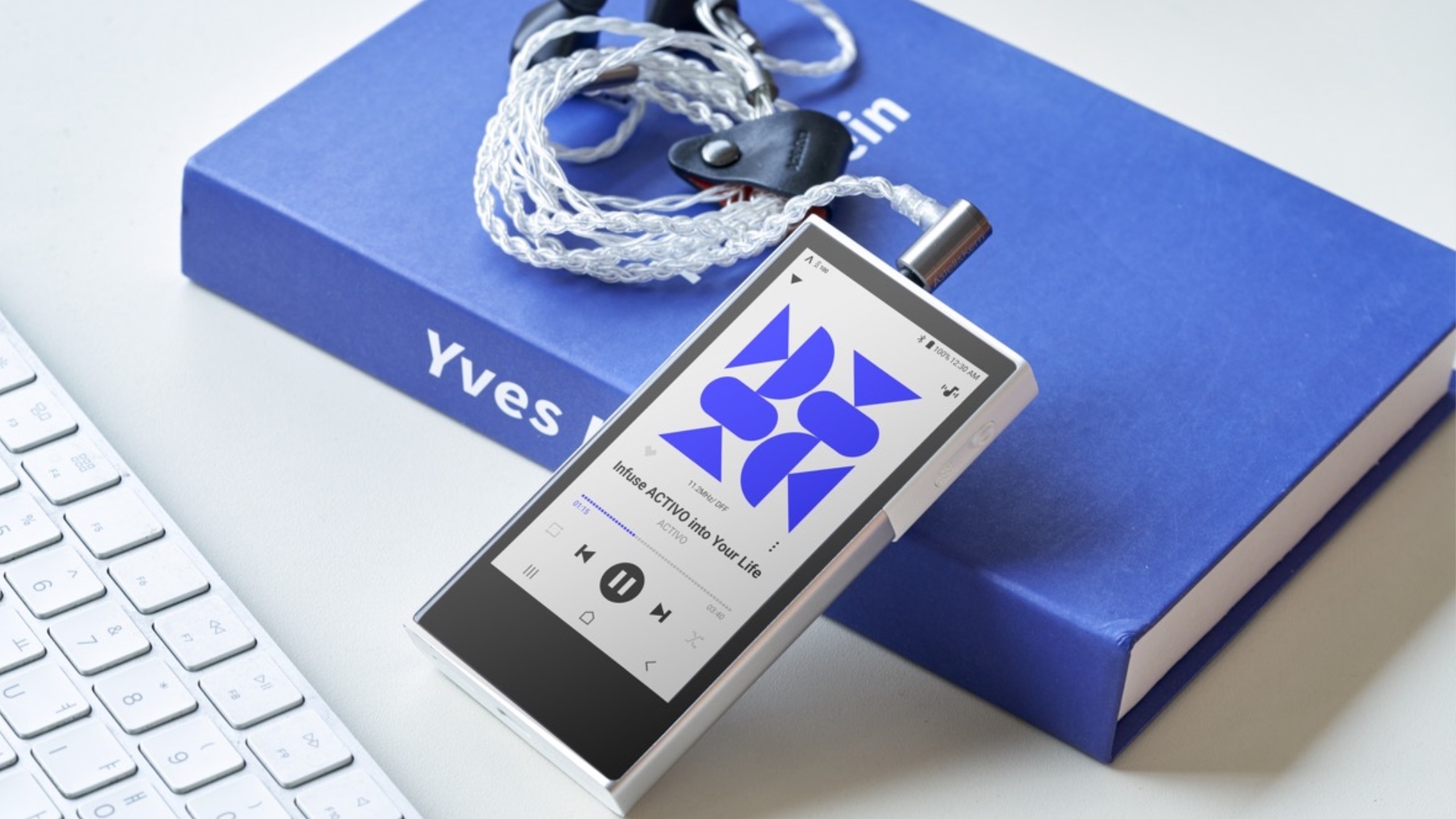
I love my iPod. My little red 5th generation Apple MP3 player is still a device that lives in my pocket, perfect for whenever I want to listen to top-quality wired music on the go. Sure, I’ve bigger, more powerful devices that play music at even higher quality, but they’re all too big, too bulky, and their battery life is not as good as my little iPod.
Perhaps, though, my iPod has finally met its match — and it's in the shape of the Activo P1, a very well-priced, sized, and specced player from luxury audiophile manufacturer Astell & Kern. This svelte little player has everything I look for in a compact music player, and does it all better than my iPod. But has it found a permanent home in my pocket?
What’s it got over my iPod?
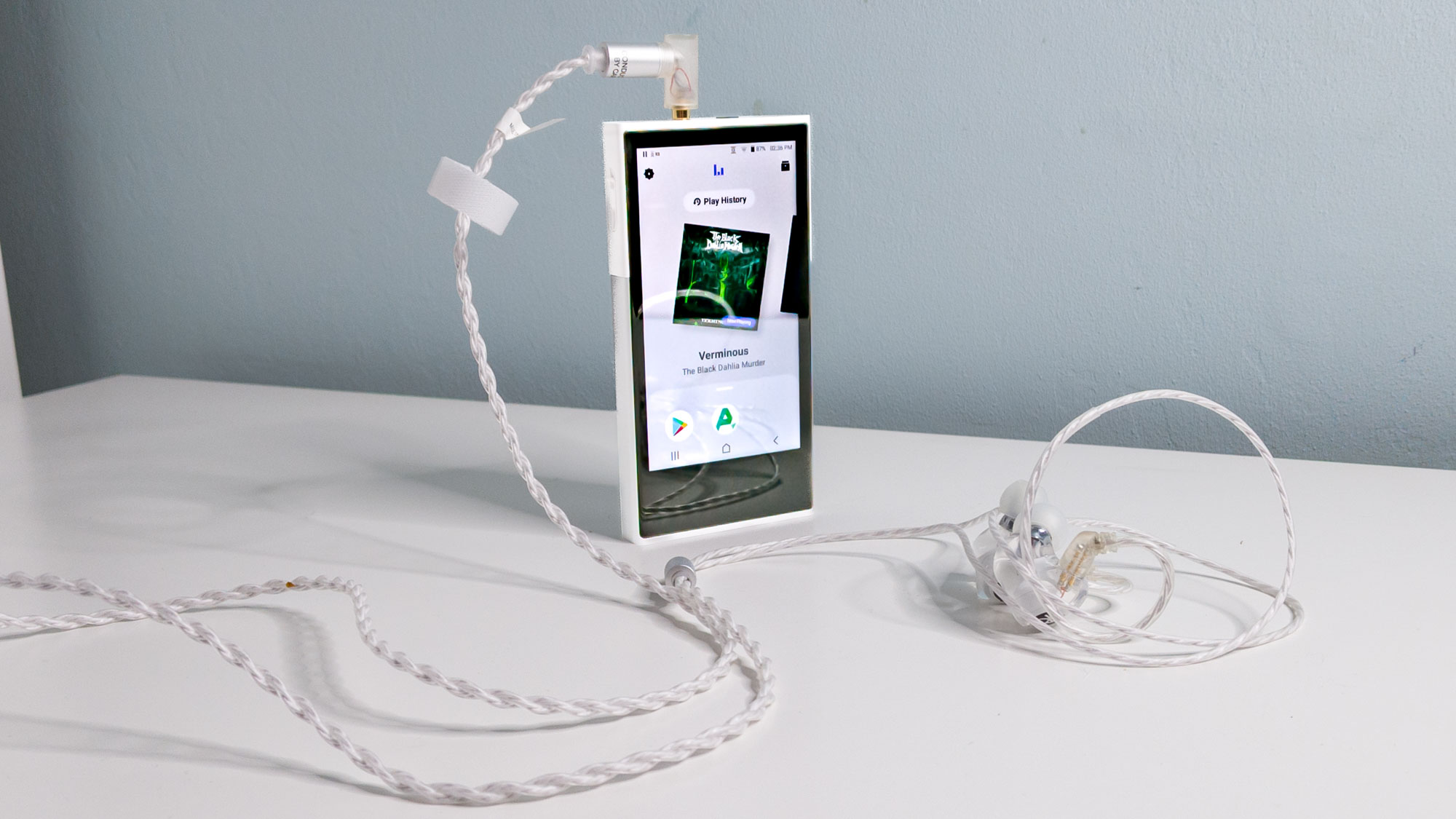
The iPod is great, but there are a couple of next-generation features that would be nice to have. As much as the click wheel is a cool, retro control method, it’s simply not as useful or flexible as a capacitive touch screen. The screen itself, while sharp, is very small and as my eyesight deteriorates (or my eyes become tired) it can be difficult to see exactly what’s on a menu, or a now-playing screen.
The battery, while I’ve replaced it with a new one, isn’t as good as modern ones and takes ages to charge. The storage is difficult to expand and requires the terrifying task of opening the little device up — which gets scarier every time you get a tool close to its gloss, plastic surface. Format support gets tricky, thanks to iTunes. And while we're on that subject, iTunes remains one of the most annoying pieces of software to use…
The list goes on. And On. I love my iPod, but the specs list of the Activo P1 makes me salivate more than if someone were to slap a big plate of spaghetti bolognese in front of me… and I do love my spaghetti bolognese. For one, the P1 has decent battery life. Charging over USB-C, it will last you 20 hours. Now, that number will go down if you use it with more power-hungry headphones, but it’s plenty for my needs.
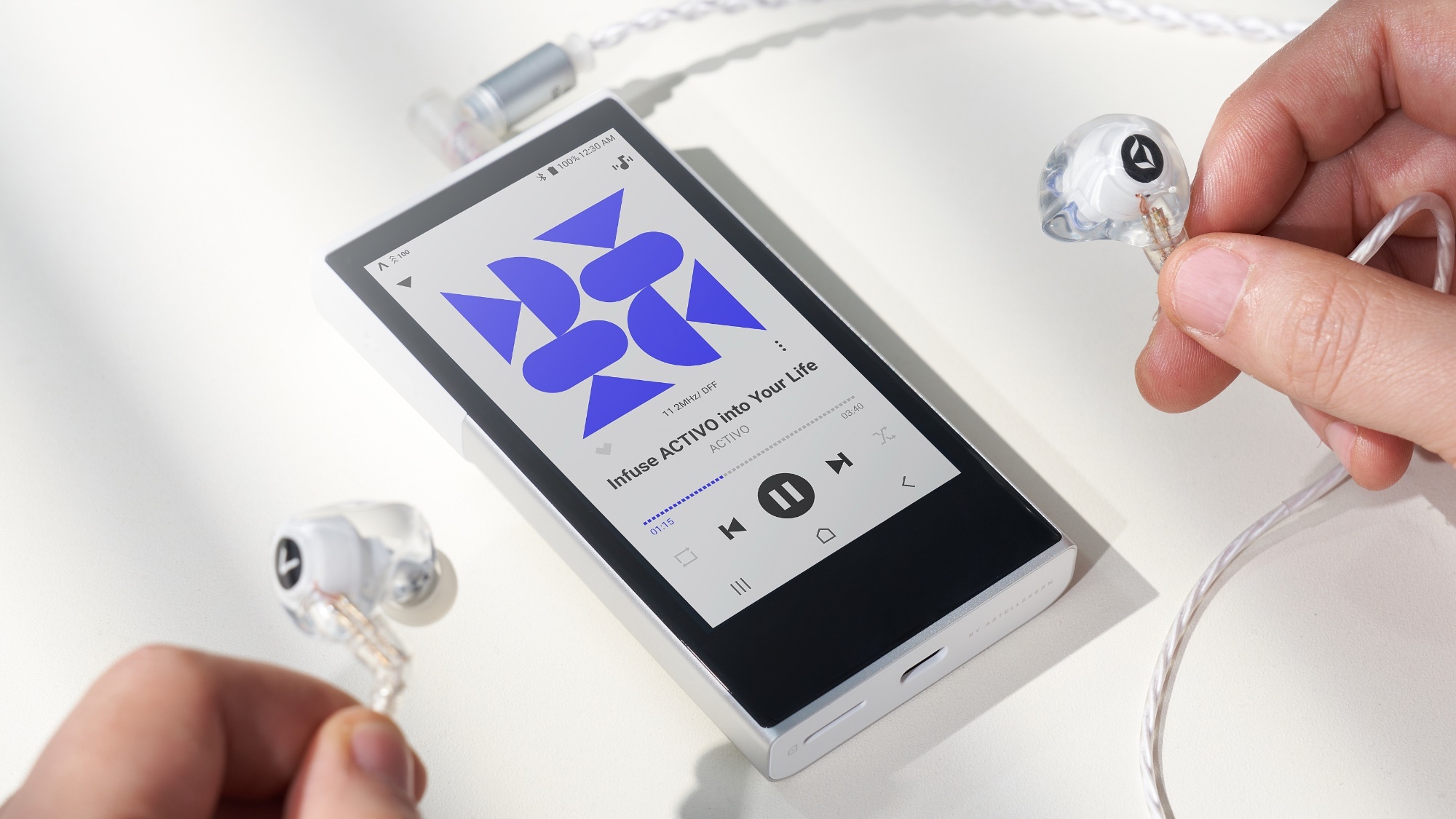
It’s got a very clear and bright 4.1-inch touchscreen that covers the front, which thanks to the excellent UI, is great to use. Panning around and finding my music was extremely easy, and navigating the settings menu to really dial the player in was simple and intuitive. It’s a marked difference from scrolling through several million menus with the fun but irritating click wheel of my iPod. The screen is amply sized as well, making it easier to read what’s going on.
There’s a microSD card slot on the bottom of the device so that you can expand the 64GB storage. That also makes it much easier to get music on and off the device. Just drag and drop your tracks onto the SD card, and it’ll gather them all together and place them into your music library. Or, you can just plug the player into your computer with a USB-C cable, and get music onto the device that way. It’s a whole lot easier than syncing the thing with iTunes.
It plays more music formats as well, instead of the limited number that the iPod can read. FLAC, MQA, WAV… whatever you can think of, the little P1 will play it. So it’s already beaten the features list of my poor little iPod, but oh? What’s this? The P1 is gearing up for a move off the top rope, the iPod doesn’t stand a chance…
Extra features
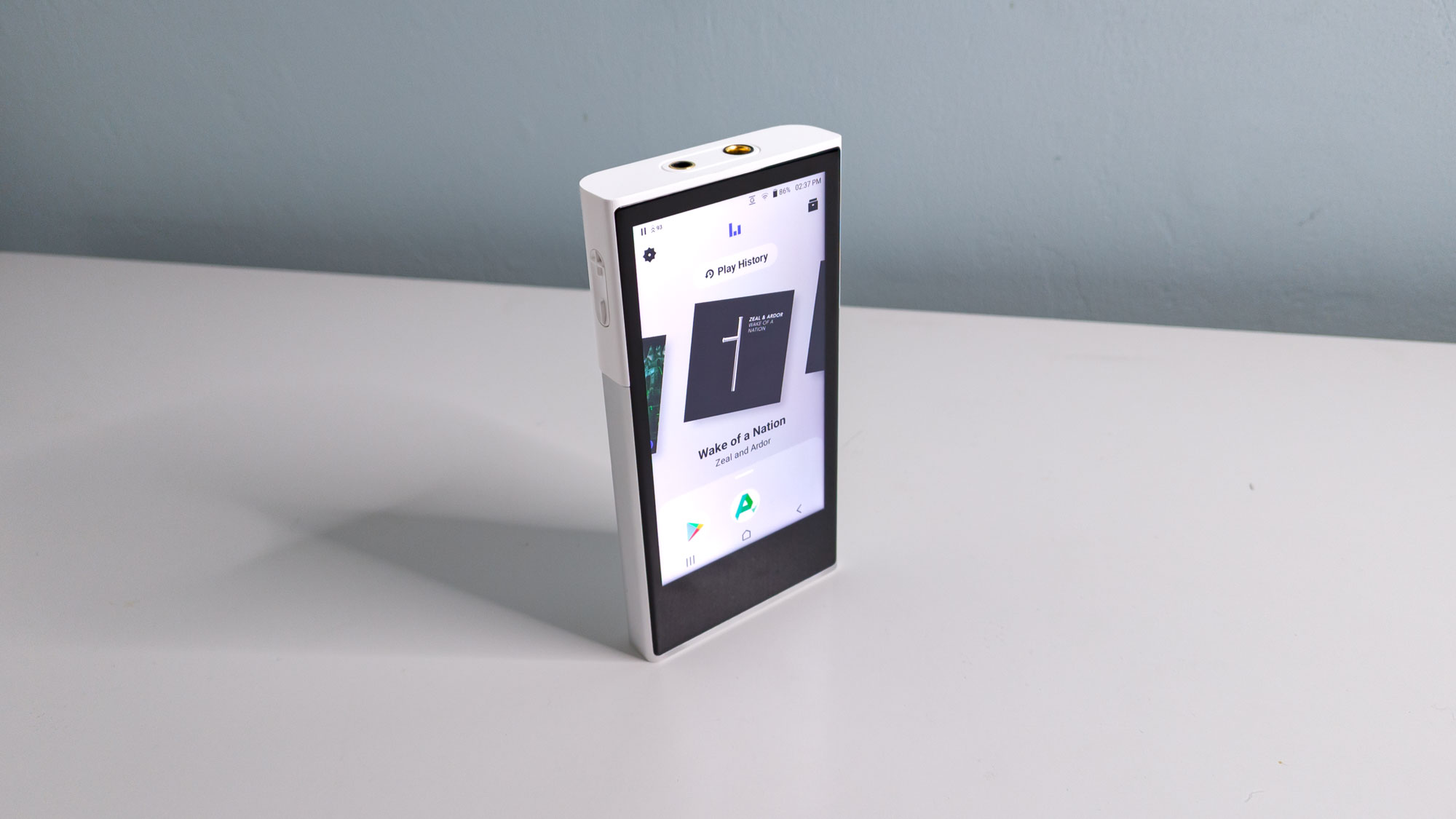
The P1 brings some big upgrades to the table that make the iPod feel every one of the 20 years it's been on the planet. There’s a Wi-Fi antenna on board for one, so that you can connect to the internet. That means you’ve got access to the Google Play Store, and that means you can install more apps on the player. The most popular for owners of the P1 are going to be streaming services like Spotify, Qobuz, or Tidal, which open up completely new ways to listen to music on the device. At that point you’ve got your own curated library of tracks that you’ve chosen, but also the enormous libraries that come with the larger streaming services. That’s something the iPod will never have.
The App Store also means you can install games and other apps, although you probably won’t want to. It’s not that the player won’t be powerful enough — although its older octo-core processor isn’t going to rival that found in the best smartphones — but more that you’ll want to keep the player as a music player and nothing else.
Beyond the Wi-Fi, there’s another new connection method that the iPod can only glance at with jealousy. There’s a Bluetooth module on board, which means you can stream your audio wirelessly to the best wireless headphones. Of course, you’re not going to get the full effect of the excellent audio that the player is capable of playing, but it makes it more convenient if you don’t want to be tethered to the player with a cable.
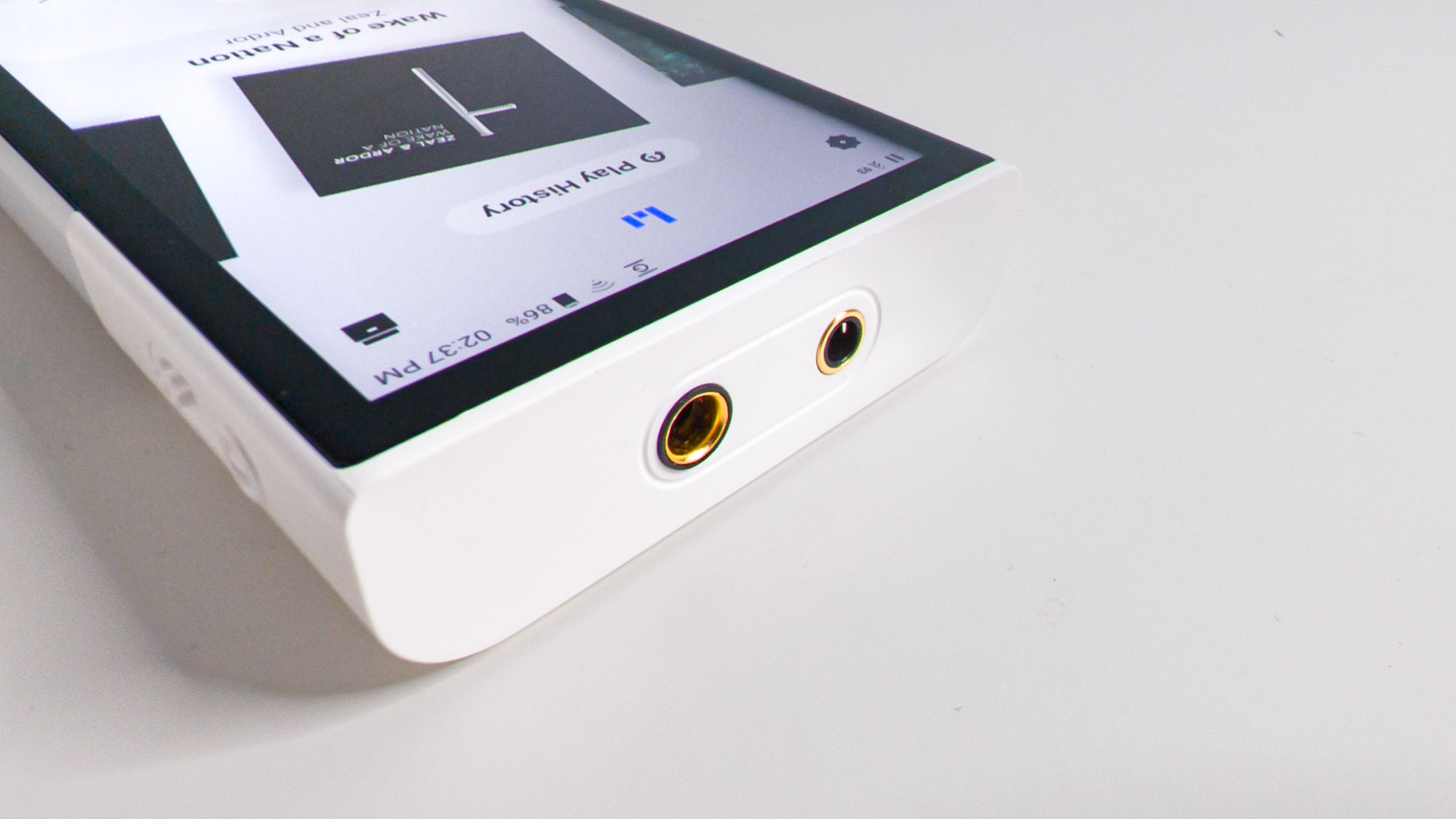
On the note of those cables, the P1 has a couple of different ways to get a pair of headphones hooked up. There’s the 3.5mm connector, just as you’ll find on the iPod, but there’s also a balanced 4.4mm connector where each channel is wired separately.
That latter connector is a good one given that loads of audiophiles are now starting to use the standard instead of the tried and true 3.5mm connector. 6.35mm headphones can be adapted for use in a 3.5mm socket, but it’s more difficult for balanced connectors. For audiophiles with collections of headphones, this is a massive boon — although you’re not like to take those headphones with you on the bus.
Finally, there’s the way the little P1 looks. I can’t say that the iPod isn’t a good-looking device, even in 2024, but the little portable music icon is starting now to look its age. The P1 looks every bit like a device launched in 2024, from its slick black glass fascia to its two-tone plastic and metal backing plate. I think it’s a lovely-looking little device, and one that I’d be more than happy to have sitting front and center on my HiFi system.
But how does it sound?
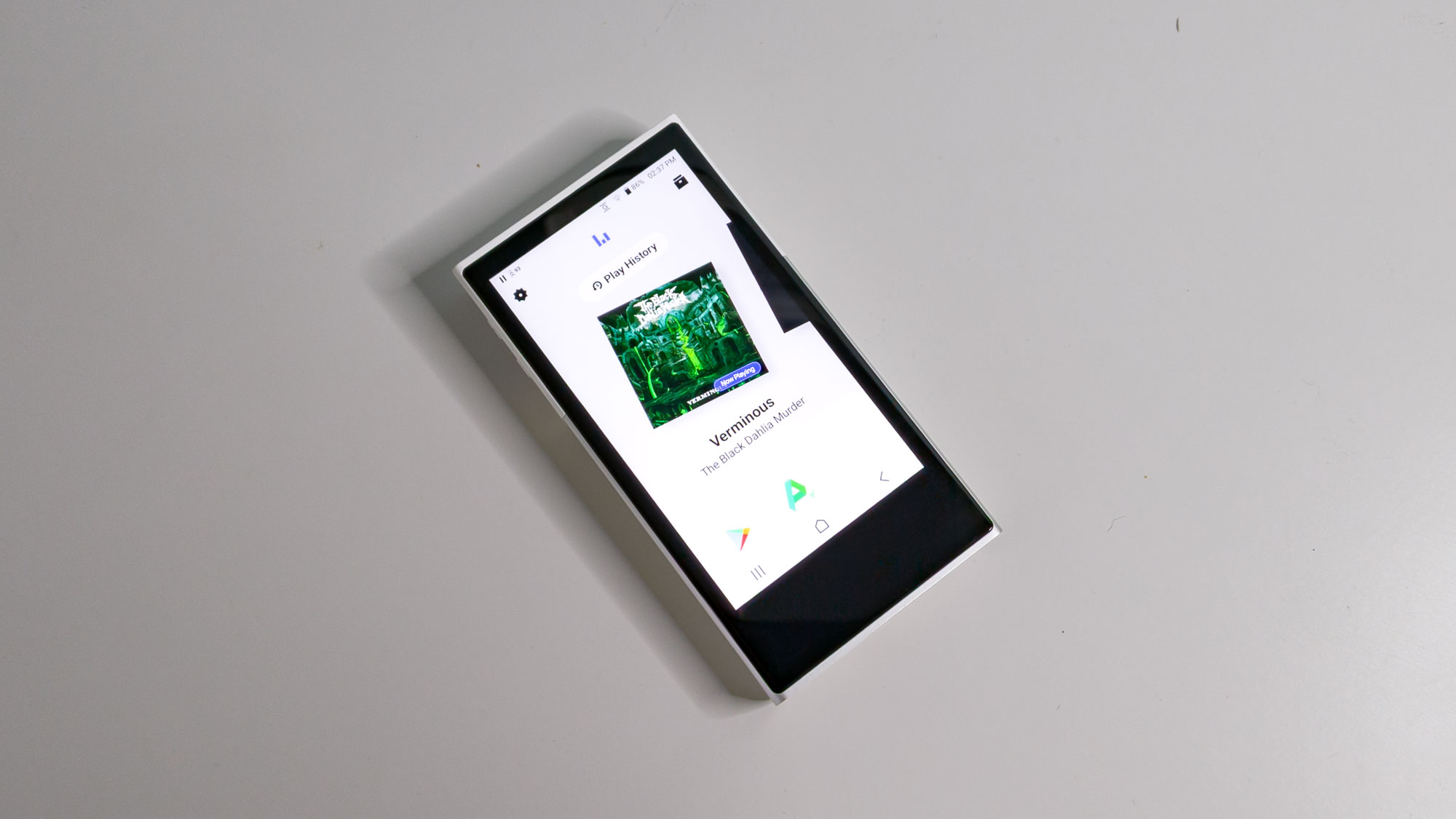
Ok, so I’ve waxed lyrical about how it looks, how it functions, and why it might just replace my iPod. But a dedicated music player has only one real job — and that’s playing music with the best quality possible on the go. To find out, I put the player through its paces with a range of tracks, both streamed and local, and on some different headphones to really work out what the player is all about.
Headphones-wise, I used my own ThieAudio Wraiths, the P1’s partner in-ears the Dita Q1, and the latest pair to land on my testing table, the mind-blowing Final DC8000 (spoiler alert for the future — I’m sad I’ll never experience music like this short of winning the lottery).
First of all are the EQ options and other settings that you can use to really dial in the way you want your music to sound. There’s a good 20-band EQ customizer, and you can work with the Digital Audio Remaster upsampling. In the end though, the core sound signature of the P1 was good enough that I didn’t really have to play with things all that much.
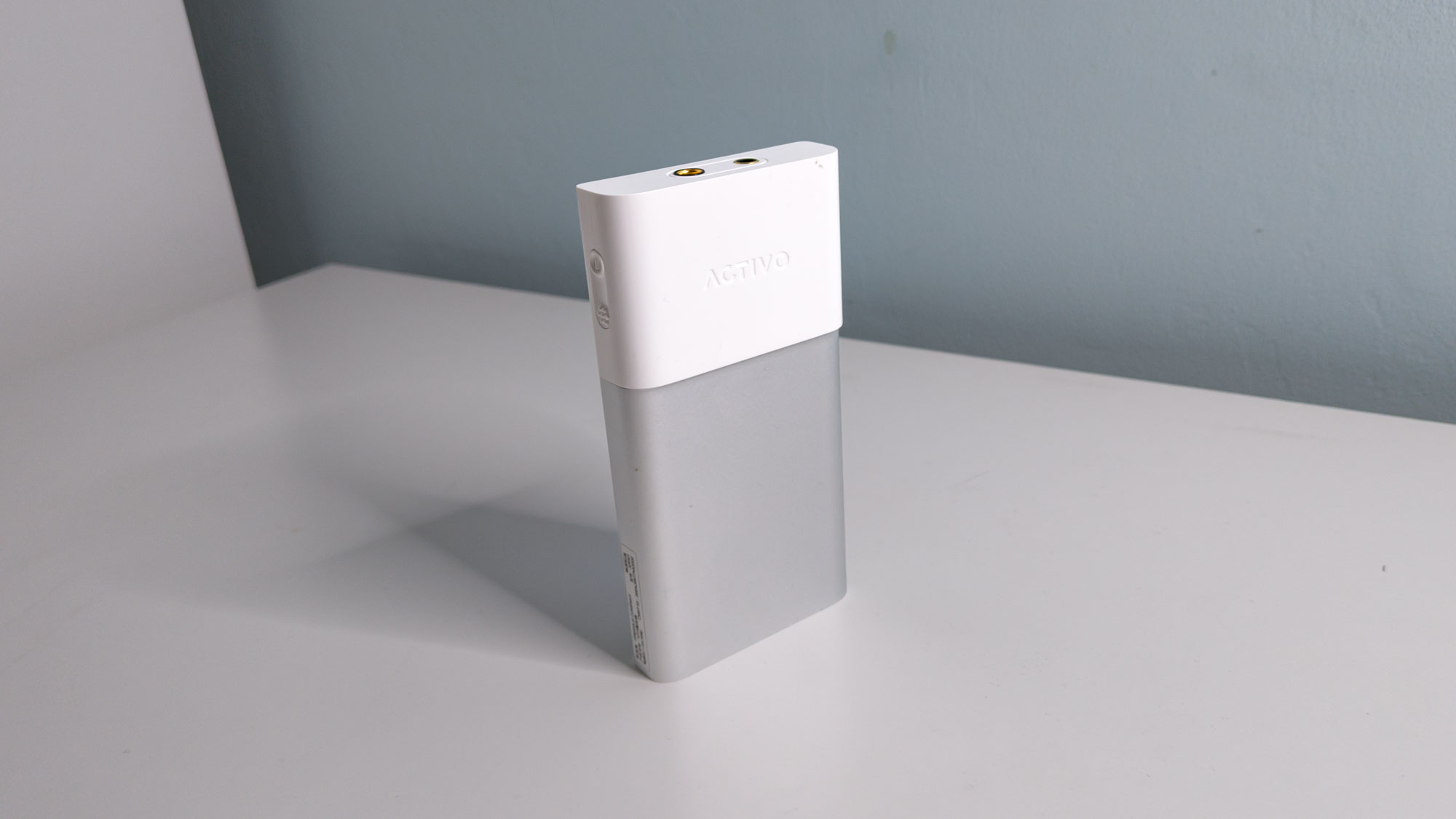
The crunch of distorted guitars in Orbit Cultures A Sailor’s Tale is furious and crunchy. The synths of Waveshapers Artificial Promises are clear, smooth and detailed. The piano line of Zeal & Ardor’s Wake of a Nation is mournful, clear and spacious. It didn’t matter the headphones, the P1 was capable of a sound that’s still recognizable behind the shaping of the various cans I plugged into its outputs.
Its DAC is a good one too, taking the very bits of a digital file and making a great audio experience. The best was of course found with FLAC files, with more detail, clarity, and spaciousness to the soundstage. That’s not to say that listening to MP3s and other lossy formats is going to render the experience awful. There’s still the core, excellent warmth and detail on offer there, making for a great listen no matter the headphones (or even speakers) that you plug in.
So should I buy one?
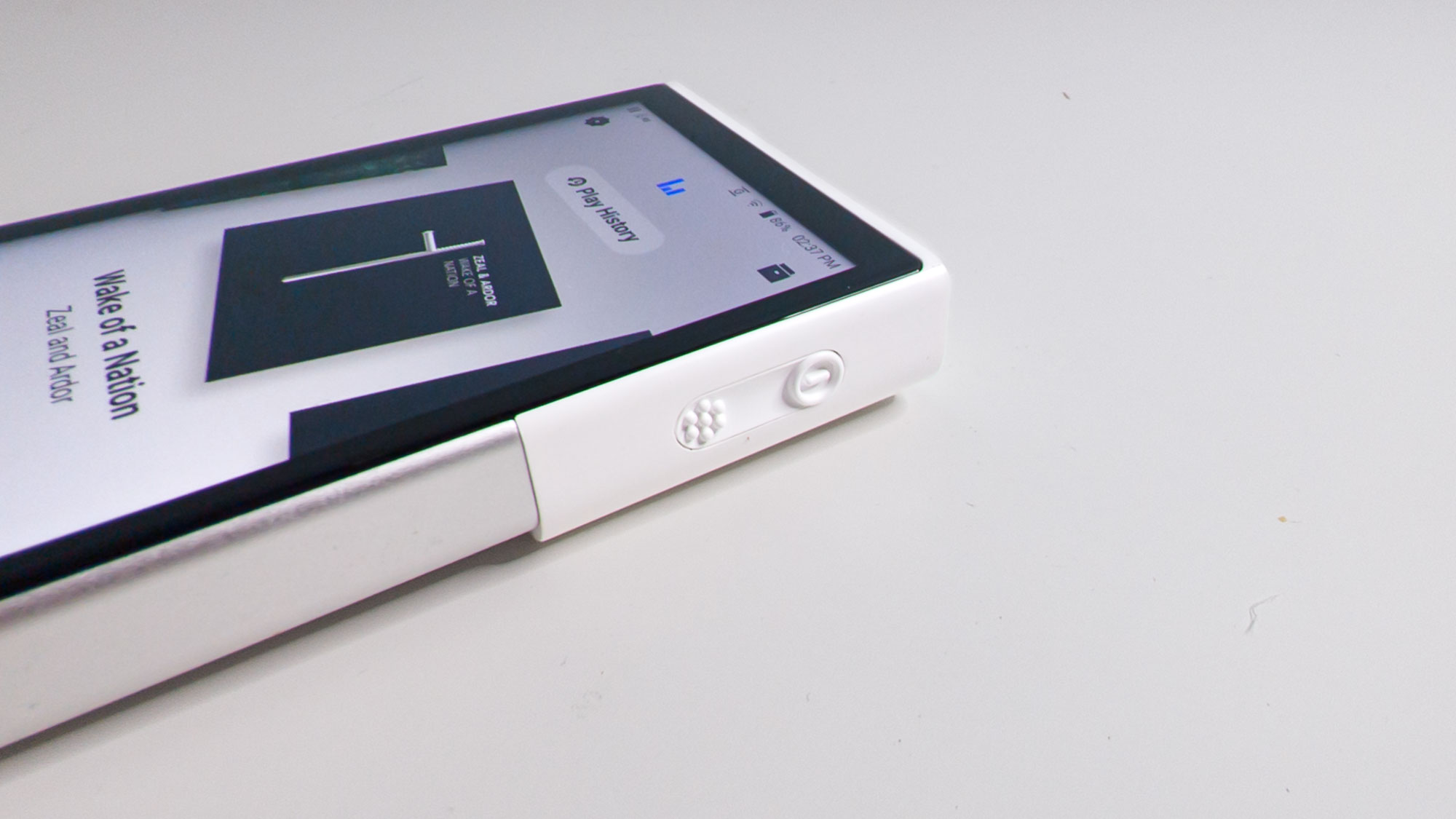
Whoa there, cowboy, let’s take a second. The P1 is an excellent device, but you’ll want to know a few caveats before you go and grab yourself one. First and foremost, while it’s well priced for a DAP (or digital audio player — MP3 player for nerds), it’s still not a cheap device.
The P1 will set you back $399 for the player alone, and at the moment the only way you can buy one at Amazon is the $699 bundle that nets you the matching Dito Q1 earbuds as well. That’s no small sum, and while I think the price is justified, it’s a lot to ask for a device that does something your phone does with the help of a headphone dongle, albeit at a much higher quality.
That’s where the question of whether you really need one comes into play. Do you really care about how much detail your music has? How wide the soundstage is? Do you want to start thinking about how you’re going to procure the best-sounding tracks possible? If the answer is to the above is yes, and you’ve already dipped your toes into the world of audiophile-dom and you’ve got some wired headphones and a Tidal subscription, then yes, the P1 is a great step towards finding musical nirvana.
If you’ve already dipped your toes into the world of audiophile-dom and you’ve got some wired headphones and a Tidal subscription, then yes, the P1 is a great step towards finding musical nirvana.
If you’d like to give it a try, and now the P1 is starting to seem like a tempting device, I’d put the brakes on briefly. Before you head out and buy one, grab some wired headphones to use instead of your wireless ones. Give those a go first and see if you can hear the difference between Tidal and Spotify. You’ll find a bigger difference in sound quality by plugging wired headphones into your phone or laptop first — and that’s where you should start.
For people like me, weird audio nerds who have spent years and far too much money in pursuit of the best sound possible though, the P1 is a great way of getting excellent audio on the go that doesn’t cost anywhere near as much as Astell & Kern's other luxury options.







